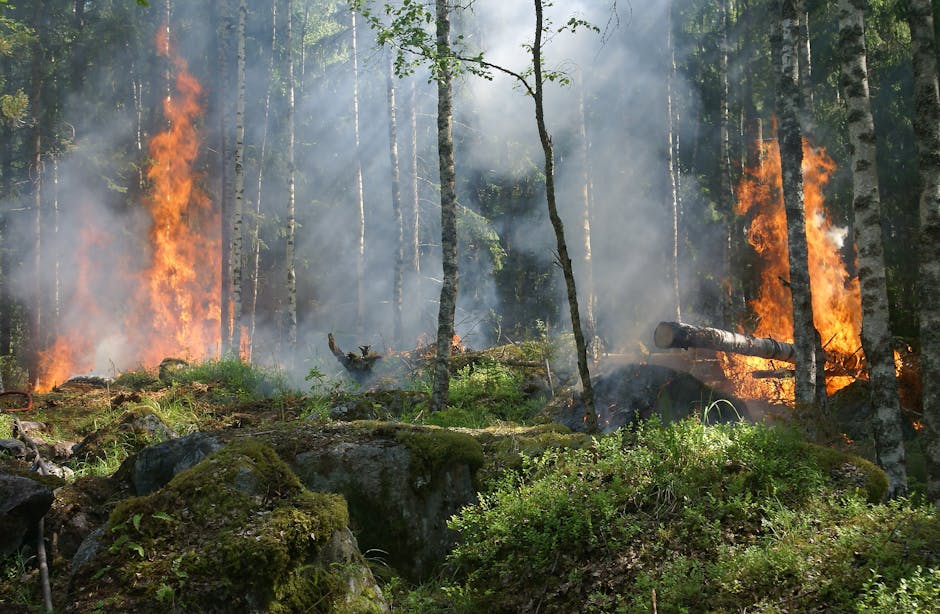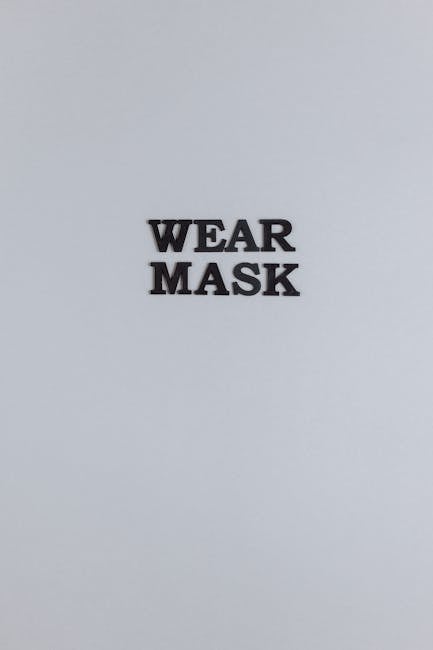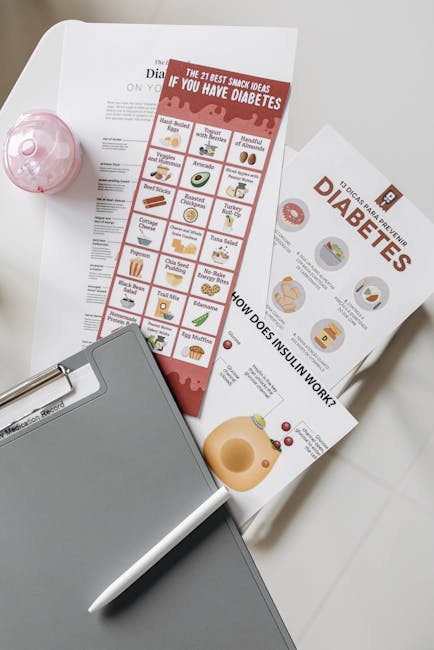Navigating Wildfire Season: Essential Tips for Pregnant and Breastfeeding Individuals
By Kirstie Perrotta, MPH and Sonia Alvarado, MotherToBaby California
As wildfire season approaches, many regions across the United States, particularly the upper Eastern seaboard, are experiencing declining air quality due to smoke from Canadian wildfires. Pregnant and breastfeeding individuals need to be especially vigilant. Here, we address common concerns and provide guidance on managing wildfire exposure during pregnancy and breastfeeding.
Understanding Wildfire Smoke
Wildfire smoke contains particulate matter (dust, ashes, soot) and chemicals like carbon monoxide. Particles less than 10 micrometers in diameter are particularly harmful as they penetrate deep into the lungs and can enter the bloodstream. In some cases, heavy metals like lead may also be present.
Health Risks During Pregnancy
Exposure to fine particulate matter can exacerbate breathing issues and increase the risk of heart attacks. While the full impact on pregnancy isn’t completely understood, studies suggest potential links to birth defects with carbon monoxide exposure in the first trimester, as well as risks for preterm delivery and low birth weight. These risks may be heightened by stress and other factors.
Managing Asthma During Pregnancy
Individuals with asthma face increased risks when exposed to particulate matter and must take extra precautions. Always have asthma medication available, maintain communication with healthcare providers, and relocate away from smoke-affected areas when possible. More information is available in our asthma and pregnancy fact sheet.
Protective Measures
The EPA recommends using masks labeled as ‘particulate respirators’ for outdoor work. Ensure proper fit and consult healthcare providers before use during pregnancy. If concerned about workplace hazards, refer to the NIOSH Health Hazard Evaluation Program.
Evacuation Preparedness
Prepare an evacuation plan and supply kit in advance. Stay calm, bring essential medications and prenatal vitamins, and inform shelter staff of your pregnancy status. Continue prenatal care visits despite displacement. Verify the status of your intended birthing center if close to the fire zone.
Breastfeeding Considerations
Continue breastfeeding during emergencies, focusing on staying hydrated and feeding on demand. If pumping, include extra batteries in your kit. For formula-fed babies, ensure a supply of bottled water.
Staying Informed
Check the EPA’s air quality index and follow guidelines for sensitive individuals. The CDC provides additional resources on wildfire exposure during pregnancy.
Stay safe and take proactive steps to protect yourself and your baby during wildfire season.





